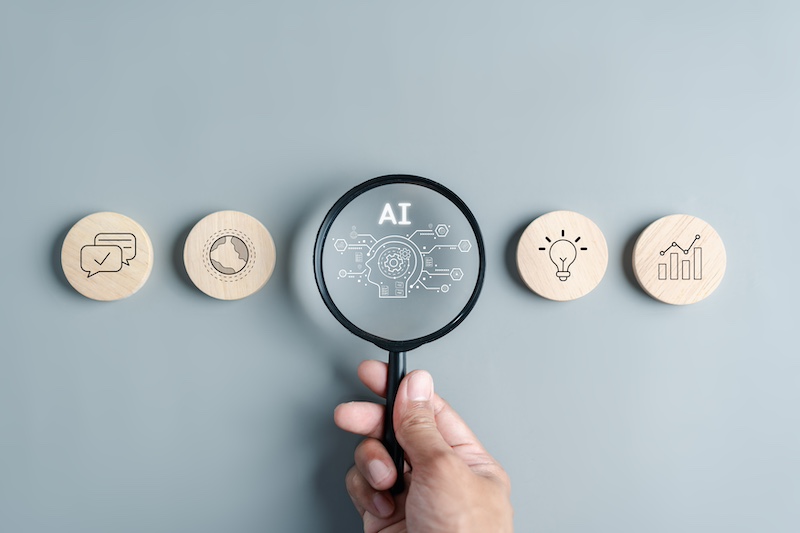*Note: There will be no Liberty Through Wealth column tomorrow. Our offices and the market will be closed in observance of Juneteenth. We’ll resume our normal publishing schedule on Thursday!
– Nicole Labra, Senior Managing Editor
I think I first logged on to the internet in 1996.
I’d already heard a lot about it. Back then, I had AOL, CompuServe and Prodigy floppy disks dumped on my doorstep practically every day.
I was especially excited to check out the bulletin boards where I could discuss stocks or boxing. It was fun to connect with people who were interested in the same stuff I was.
There wasn’t a lot of online commerce at that time, and computers took forever to connect to the internet (not to mention the horrible screeching noises they made).
But the internet evolved quickly, and in a very short time, companies were selling merchandise and services online.
Because my office had a high-speed T1 line, I was able to access real-time quotes and stock charts. It was amazing.
When it comes to what we’re seeing in artificial intelligence (AI) right now, it feels like those early days of the internet. We don’t know what the future of the technology will bring, but it will probably be much bigger than we even imagine.
We can be confident that AI will be used in medicine, military operations, finance and so many other areas… because it already is.
But in 1996, when we were still paying long-distance bills, could we have imagined that we’d no longer receive paper statements from our financial institutions but would instead log on with our fingerprints? Or that we’d grumble if the answer to our question about some obscure fact took more than a second to pop up on our screen alongside multiple sources, images and recent news? Or that we’d be able to make a video call to anywhere in the world for free?!
We’re already seeing the avalanche of AI companies hit the stock market, and you can be sure more are coming. There are around 17,000 AI companies in the U.S. and roughly 67,000 around the world – with more being created every day.
Surely, some of them will go public… and a meaningful number of those will be garbage, just as we saw during the dot-com boom.
Back then, companies with no revenue saw their stocks soar on the number of “eyeballs” they were attracting – or, even worse, could potentially attract.
Businesses that had no chance to succeed were rated “Buys” at the major investment houses, touted in the media, and driven higher and higher by investors.
A few well-run companies, like Amazon (Nasdaq: AMZN) and eBay (Nasdaq: EBAY), survived and thrived.
But for every Amazon and eBay, there were dozens of companies that went to zero and shut their doors forever.
So the all-important question is…
How do you tell the difference?
In a market that’s obsessed with anything and everything AI, how do we weed out the AI firms that are destined to flop… and focus on the ones that have enough substance to back up the hype?
The best way is to seek out the companies that pay dividends.
I realize that may sound overly simple. But over the long term, there’s no better indicator that a company has enough cash to sustain itself and that its stock could be poised to rise.
In fact, investing in dividend payers rather than nonpayers can make an absolutely astounding difference for your portfolio:

And that chart doesn’t even factor in the potential of AI.
When you combine the proven safety and security of dividend stocks with the trillion-dollar upside of AI, the results could be unlike anything we’ve ever seen.
Here’s the bottom line…
When you come across flashy AI companies that are making all kinds of bold declarations, keep in mind that they could be legitimate… but many are going to end up like defunct Pets.com.
Remember 1996, do your due diligence and look for the companies that reward their shareholders with consistent (and rising) dividends.
That’s how you’ll avoid the land mines and put yourself in position for the biggest gains.
